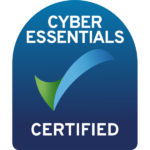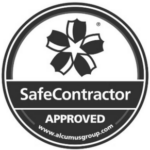What is turned part measurement?
Turned part measurement is an application of metrology that involves taking data from turned parts such as valves, camshafts, and other parts designed to be used in a rotational axis. Measurements such as diameters, lengths, and contour features are made for turned parts, as are specific features like keyways and slots, during the inspection process.
Traditionally, turned parts were measured using various gauges and machines to take their respective readings, such as a contracer for contours, a height gauge, and so on. The most sophisticated and reliable machines for measuring turned parts can now take all relevant data points using optical measurements and touch probe technologies for an all-in-one solution to turned part measurements.
Turned part measurement is typically employed by manufacturers who need to ascertain the health and condition of cylindrical parts to ensure compliance and that production will be within tolerances, but it has also found uses in other areas. Some manufacturers, for instance, will use a VICIVISION machine to scan objects such as bottles to ensure that they have been made within specification.
Turned parts are precision-machined pieces, often made from metal, that are machined into a particular shape using an axis or rotating tool called a lathe. Turning is a machining process whereby the workpiece is rotated while the cutting tool moves along it.
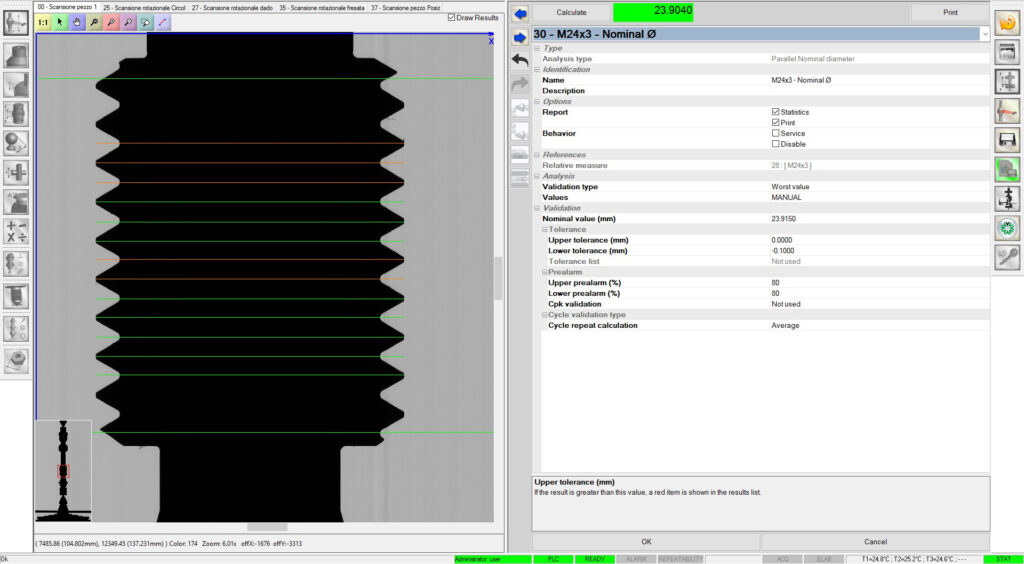
What do we mean by turned parts?
Turned parts are simply parts that are made using the manufacturing process of turning, typically using a lathe machine. Most often turned parts are rotational, cylindrical parts that are mechanically made. Often with complex geometries, the processes involved in cutting and measuring turned parts are designed to be precise, owing to the importance of precision to the final product.
- Bearings
- Crankshafts
- Engine parts
- Screw threads
- Hydraulics

What is a precision turned part?
Many turned parts require precision because the process of lathe machining is often chosen with accuracy in mind. Most often, it is integral to the product for the machined parts to be turned to tight tolerances, and just as important for those parts to be accurately measured, ensuring repeatability every time. Industries such as aerospace, automotive, medical, manufacturing and more demand parts to stand up to the stresses of everyday use in harsh conditions. These parts need to comply with various regulations to ensure they are safe, reliable and efficient every time to avoid any potentially fatal flaws.

How do you measure a part?
The first step in precise measurement generally involves measuring the diameter, thickness and length of the part to make sure that it meets the specifications. If the measurements are inaccurate, then the part is rejected. Another important step in precision measurement is inspection by an experienced technician to make sure that the dimensions are within tolerance levels. If they are not, then the component is sent back to the operator so it can be reworked.
Inspection of precision turned components can be done by manual measurement or automated measurement. Manual measurement is a slower process than automated measurement and requires human operators to manually inspect each component. Automated measurement systems speed up the process and are often more accurate than manual measurements.
What makes optical measurement faster?
Traditional methods of turned part measurement are less repeatable and far less accurate time after time. Inspection of precision turned components can be done by manual measurement or automated measurement. Manual measurement is a slower process than automated measurement and requires human operators to manually inspect each component. Automated measurement systems speed up the process and are often more accurate than manual measurement.
Using the latest technology, complex turned part measurements can be made quickly and efficiently eliminating inefficient, inaccurate methods. Measured to the letter using the programmed specifications, you can ensure your part is right every time.
Machines such as those of the VICIVISION Techno Series scan parts to obtain reliable profiles, even for turned parts with complex geometry like crankshafts. Many VICIVISION machines also employ telecentric lenses, which hold a constant, non-angular field of view to eliminate distortions in the images they capture. With regular lenses, an object in view will appear to shrink or grow depending on its proximity to the lens. A telecentric lens minimises this issue, allowing a clear, focused, and unbiased image of an object to be measured.

Struggling to measure turned parts right everytime?
At VICIVISION UK, our aim is to help you measure better, faster and with all the added benefits that come with automating the measurement of your turned parts. We offer a FREE no obligation demonstration and audit to help you unlock existing capacity on your shop floor. For more information or to book in and see us, please click or hover over the arrow on the left of the page or the button below to fill in the short form and a member of our team will be right back to you.
How does CNC turning work?
CNC (computer numerical control) turning is a process whereby the machine rotates the tool on a workpiece while a cutting tool removes material from the outside of a part, while stationary.
In turning, the cutting tool is either a drill bit or a cutter which removes material slowly and gently by cutting chips of material off the surface of the workpiece as it is rotated. CNC lathes can produce more complex shapes with great precision and repeatability.
Boring, milling, turning and laser cutting - what's the difference?
Lathe machining (for turning)
- Turning is a process that rotates the workpiece as the primary method of moving metal against the cutting tool. The turning process can be accomplished in several ways, but the most common method is through the use of a large lathe that turns the workpiece by spinning it on its axis.
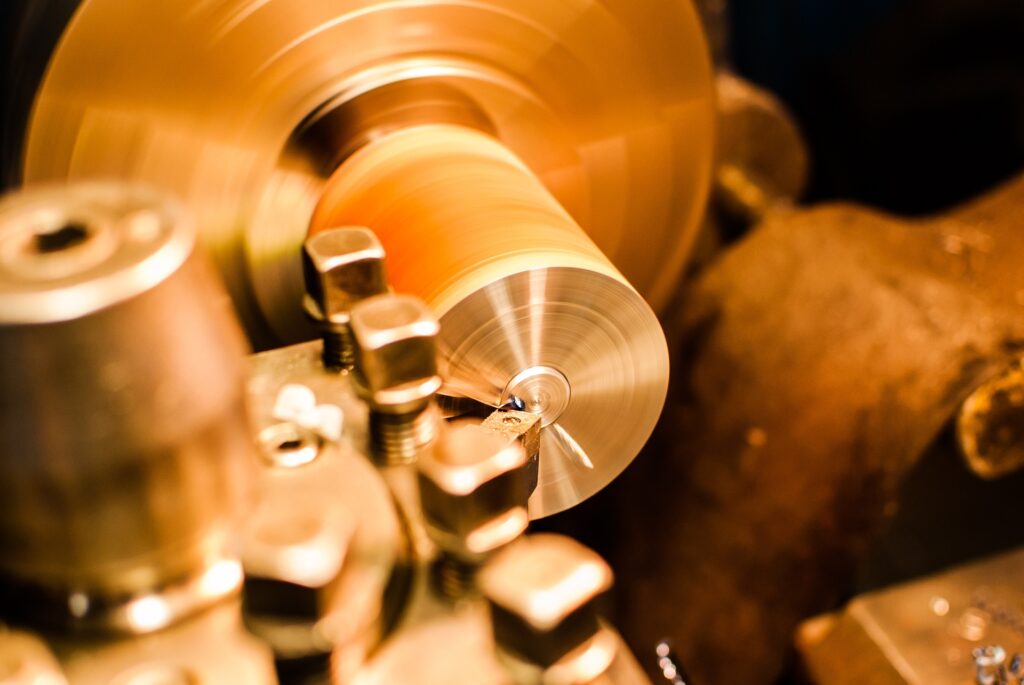
Milling
- Milling is a process that uses a tool to remove material to create a part or shape. A milling machine typically moves the cutting tool in two directions perpendicular to each other, while the workpiece rotates. This allows the tool to move along the surface of the workpiece and remove material in predetermined locations. Milling is often employed for jobs that don’t require the same level of precision as turning, such as shaping a block of wood into a coffee table or cabinet door.
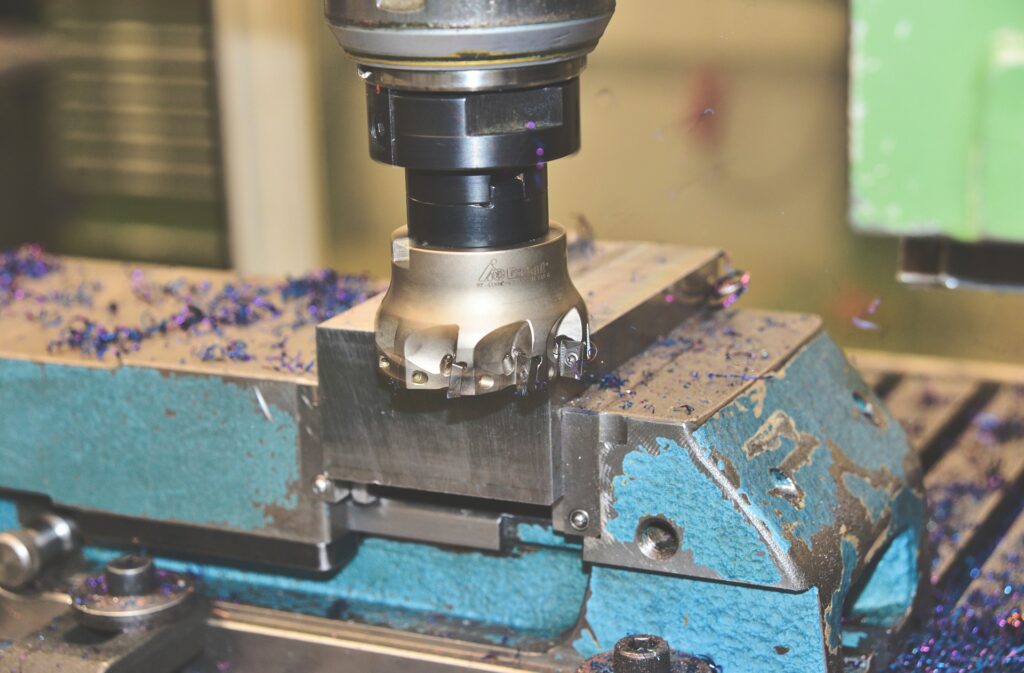
Boring
- Boring is a special kind of milling process that uses a special tool called a boring head to cut a cylindrical hole in a piece of metal. These holes are often bored into shafts or other cylindrical-shaped components in order to machine a keyway in the shaft so that it may be attached to a mating component. They are also used to cut keyways and grooves in other surfaces of workpieces so they can be assembled correctly.
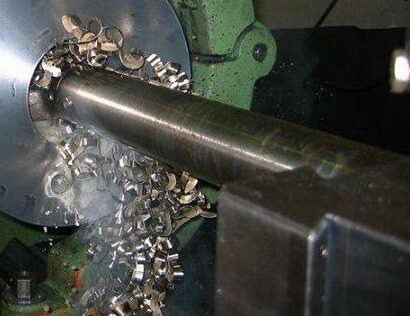
Laser cutting
- Laser machines (also known as laser cutters) use a laser to machine materials. Laser cutting works by directing the output of a high-power laser onto a surface. The laser vaporizes the material, creating a small molten pool that is then blown away by a jet of gas from the nozzle on the laser cutter.
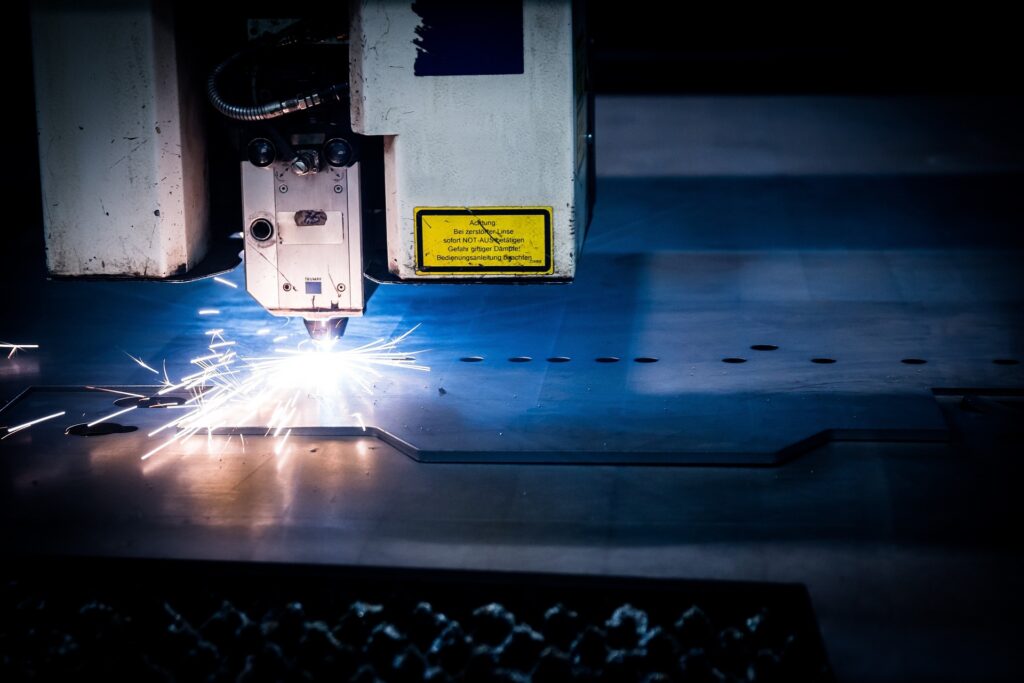
Get in touch for a FREE demo!
There are several ways to incorporate turned part measurement in production and manufacture. Why not speak to our experts at VICIVISION UK today, and find out how it can help your business?



